Beggars Fraternity
On April 10, 1987, The Maroon published a story exposing The Beggars fraternity for harassing and excluding Black students.
Seven years before, the fraternity had been caught not allowing students of color to pledge, even having such stated in their constitution that the fraternity was for “white Christian males.” This was against university guidelines and they were instructed to rewrite their constitution.
However, the change in this guideline didn’t change things. The original line was still a part of the pledge years later.
But not allowing Black students to pledge wasn’t the only racist action members of the organization would participate in. The Maroon reported Beggars students would hate-crime people of color on campus.
Eventually, The Beggars fraternity was removed from campus.
Knoth’s resignation
In a story published on Oct. 10, 2003, The Maroon reported on the resignation of then university president The Rev. Bernard P. Knoth, S.J. after less than eight years in the position.
Knoth had been accused of sexual misconduct of a student in 1986, during his time as principal at Brebeuf Jesuit Preparatory School in Indianapolis. After consideration, these allegations were seen as credible by the Jesuit’s Chicago Provincial Review Board.
Knoth was removed from active ministry immediately after the allegations were stated credible due to the 2002 Charter for the Protection of Children and Young People.
Due to university guidelines at the time, university presidents must be a “priest in good standing.” This guideline ang the removal from active ministry caused the university to force Knoth to resign. He also, according to The Maroon, requested a leave of absence from the Society of Jesus.
Katrina
When Hurricane Katrina hit New Orleans in 2005, Loyola was forced to adapt. Students fled all over the nation and spent the fall 2005 semester attending different universities.
But The Maroon stayed determined to keep the university community together. With the staff split up in different parts of the country and no way of providing the traditional print publication they had stuck to for the previous 82 years, the organization opened a website for the first time. It was open to anyone who felt they had things to say while dealing with the tragedy.
Poems, stories, images, and updates from the university were shared on this website.
This website, different from the current one The Maroon now uses, made The Maroon one of the first college newsrooms to create a digital platform.
Maroon Pacemakers
In 1983, The Maroon won their first Pacemaker, the highest award in collegiate journalism. It only took three more years for The Maroon to win a second Pacemaker.
Now, in 2023, The Maroon has eight.
After Hurricane Katrina, The Maroon won a pacemaker for both the online coverage they continued to put out while displaced in the fall 2005 semester and the paper coverage once they returned in the spring.
Most recently, The Maroon won a pacemaker for an issue from late 2021 where the organization reported on mold in campus dorms following Hurricane Ida.
But The Maroon hasn’t just been a finalist for print newspaper Pacemakers. Recently, the organization was named a Pacemaker finalist for their website.
Pacemakers are awarded by the Associated Collegiate Press and The Maroon has been a member since 1988.
FreePort Endowment
In 1995, Loyola students began to question the universities involvement with Freeport-McMoRan’s after word came of their involvement with environmental issues. Just a few years later, in 1992, Freeport-McMoRan had given $600,000 to fund the environmental communications chair.
The Maroon reported over the controversy, including the protesting that occurred. This protest went on to receive national attention.
The mass reports on the protests pushed the university community to keep a closer eye on the universities involvement with corporations.
Despite the controversy, the university did take the $600,000 grant to fund a chair, Professor Robert Thomas, who is still part of the university.
Thomas told The Maroon that this controversy was what drew him to fulfill the position.



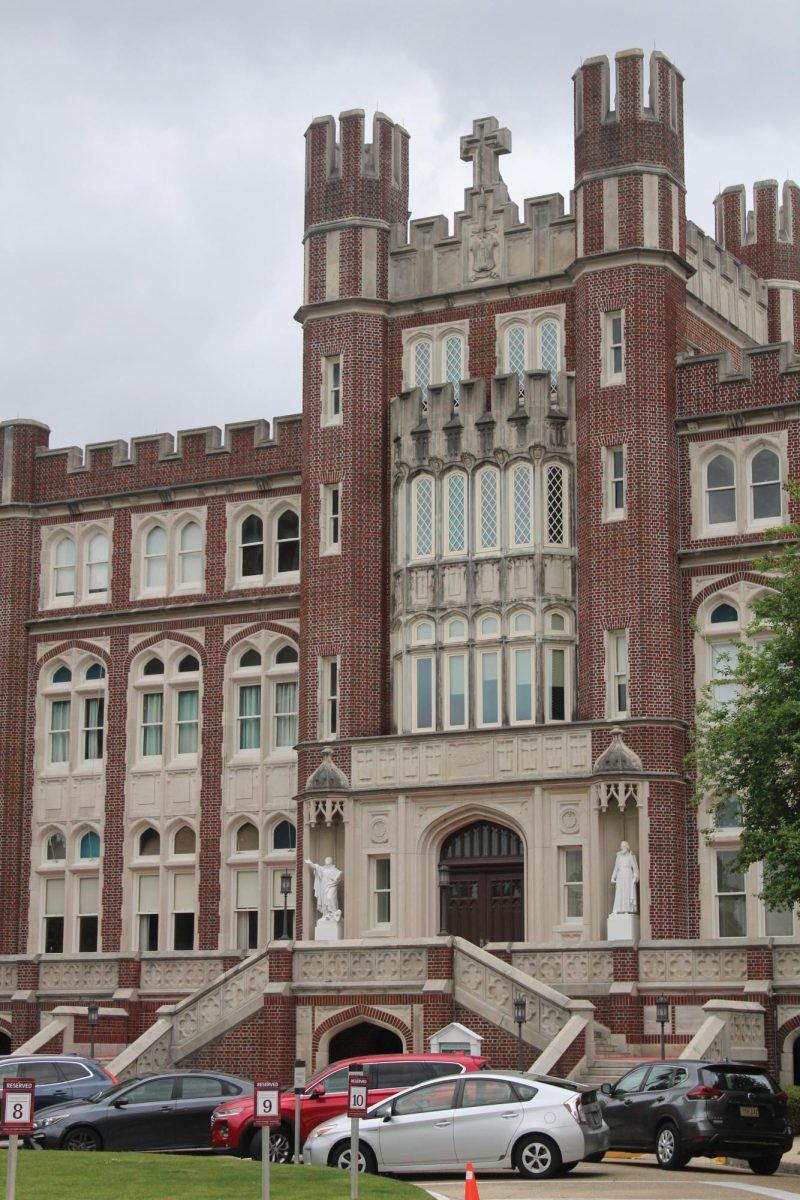
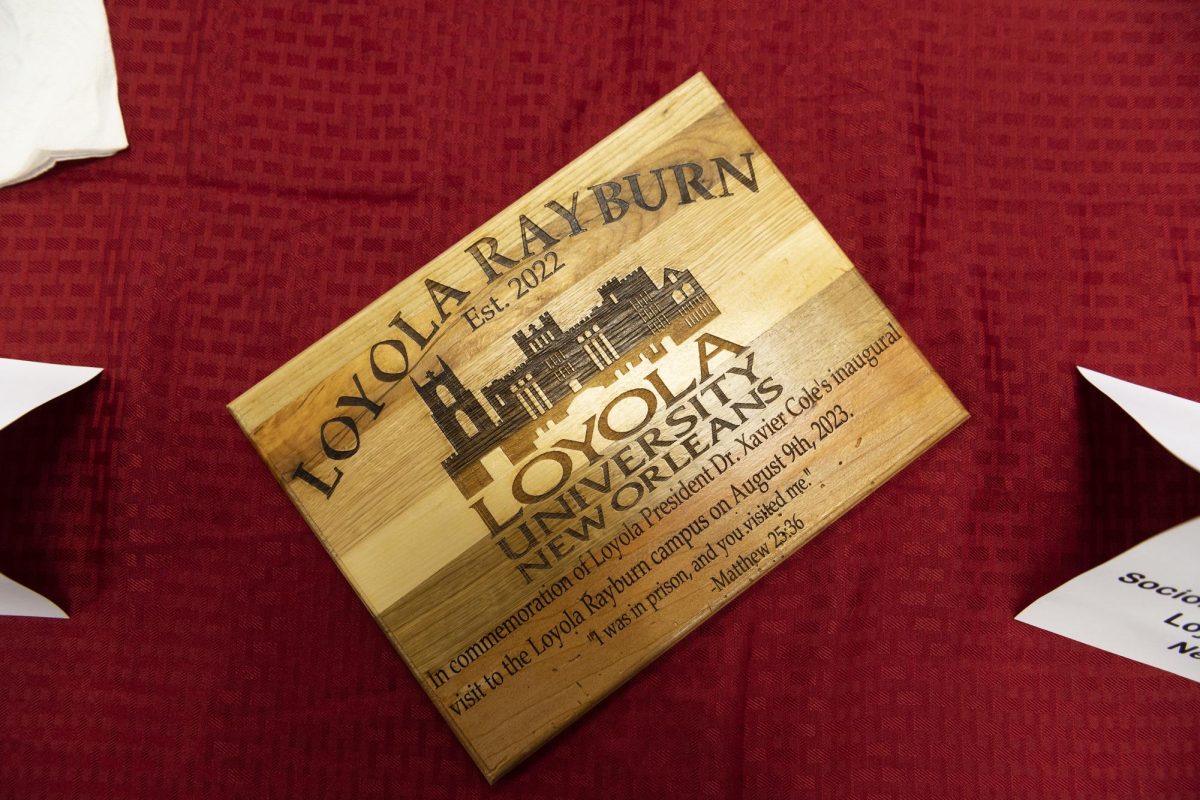
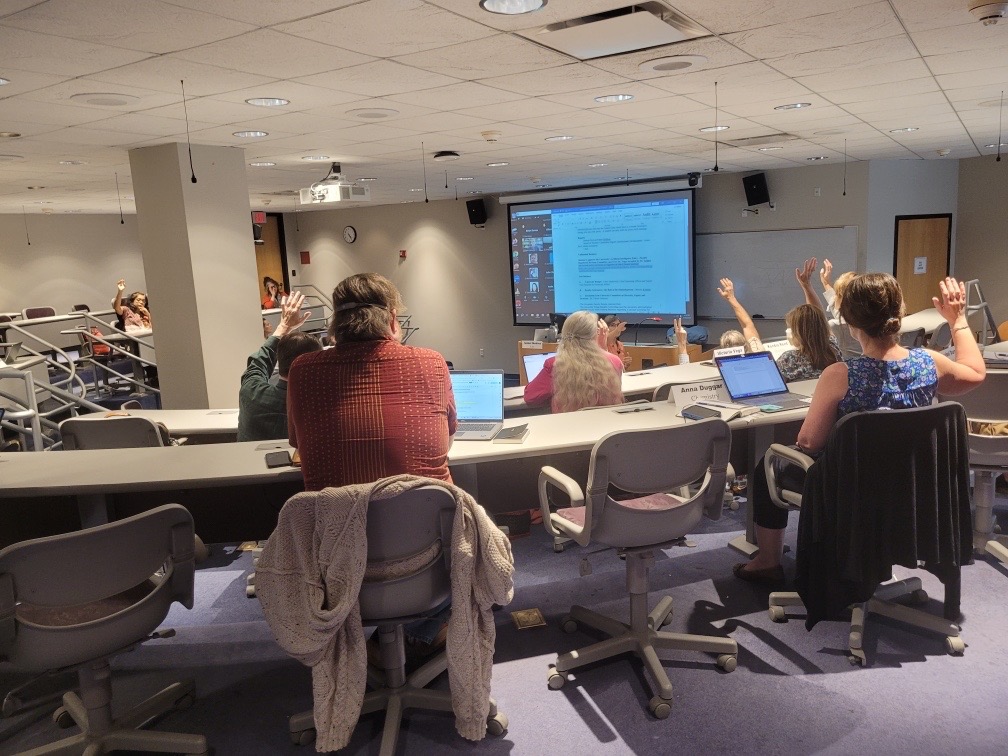
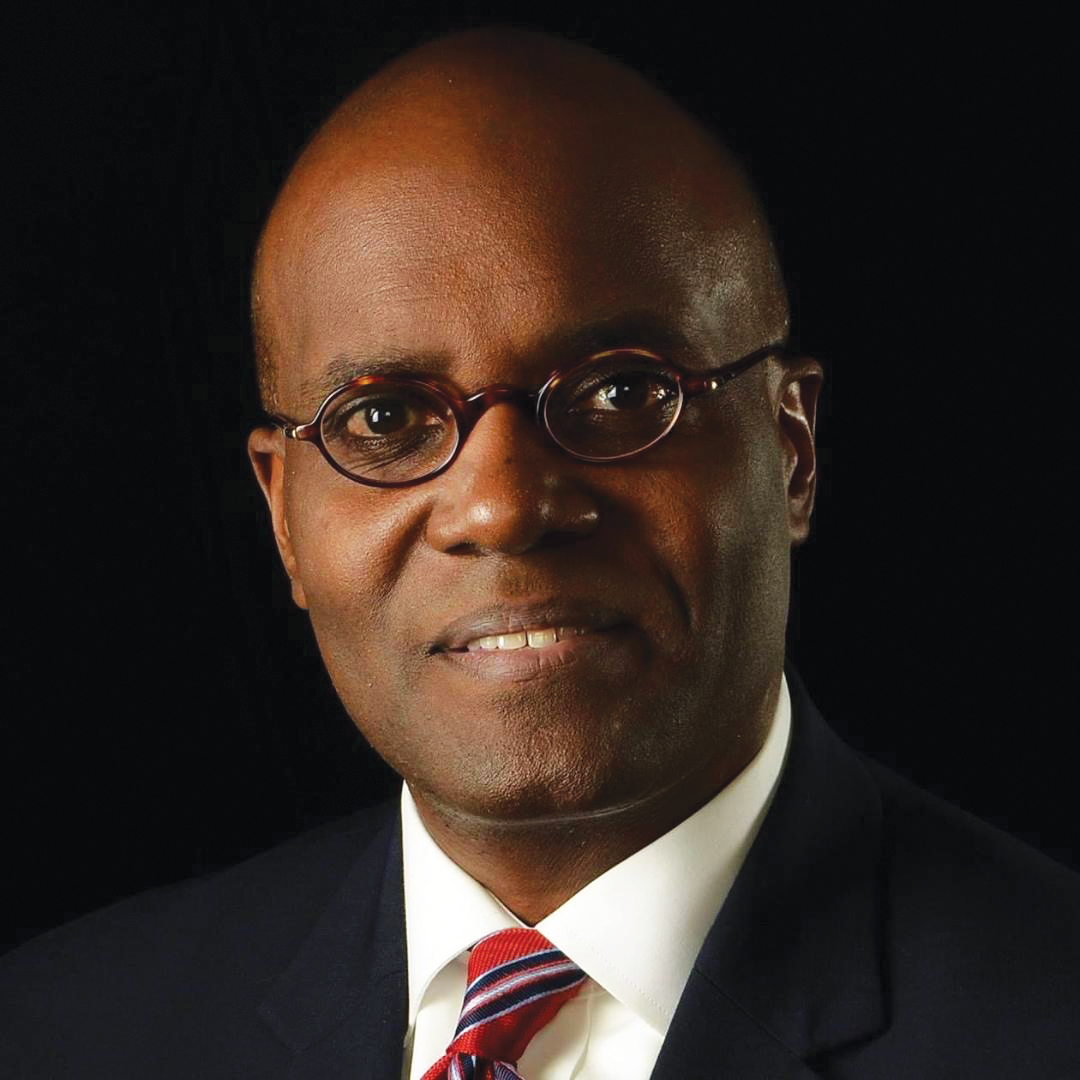
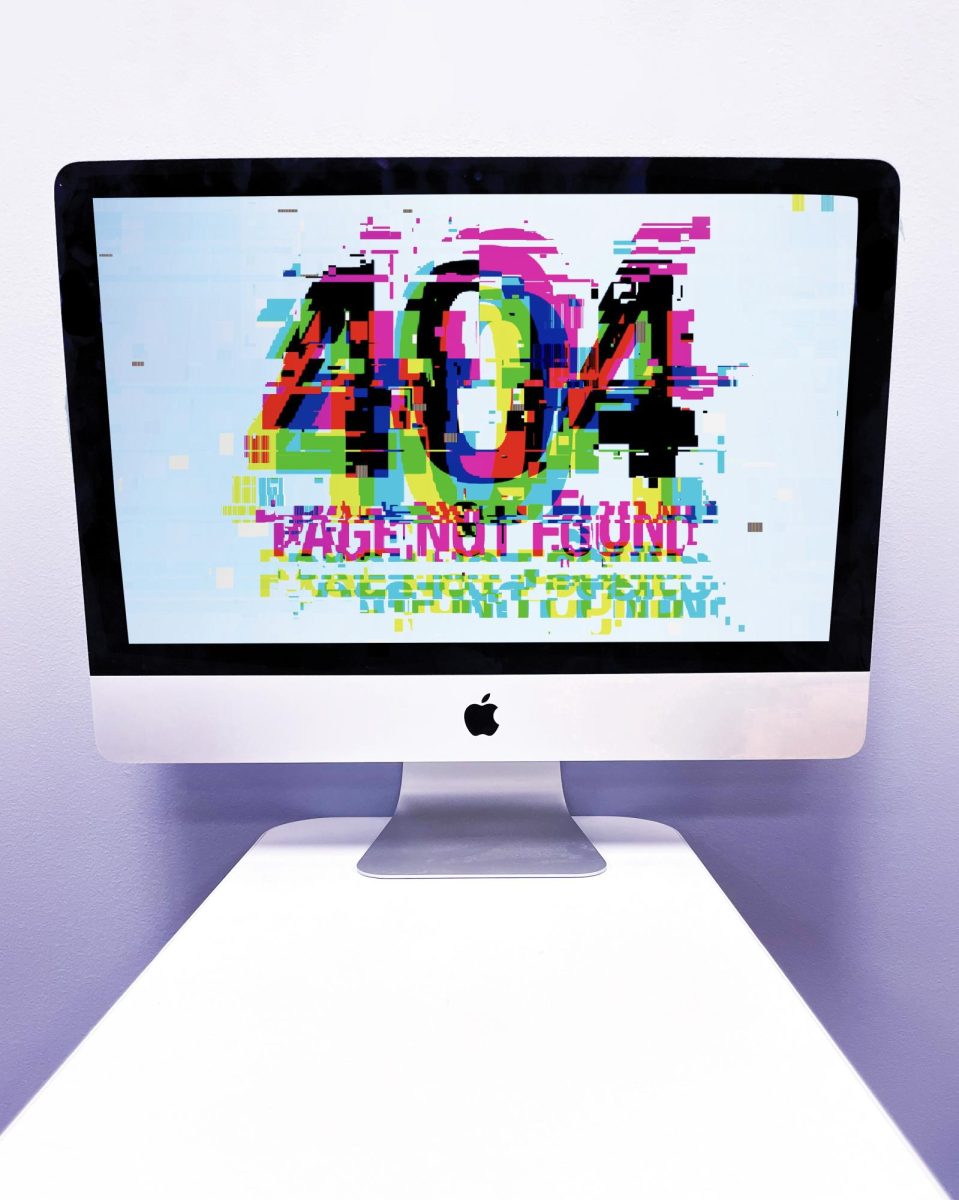
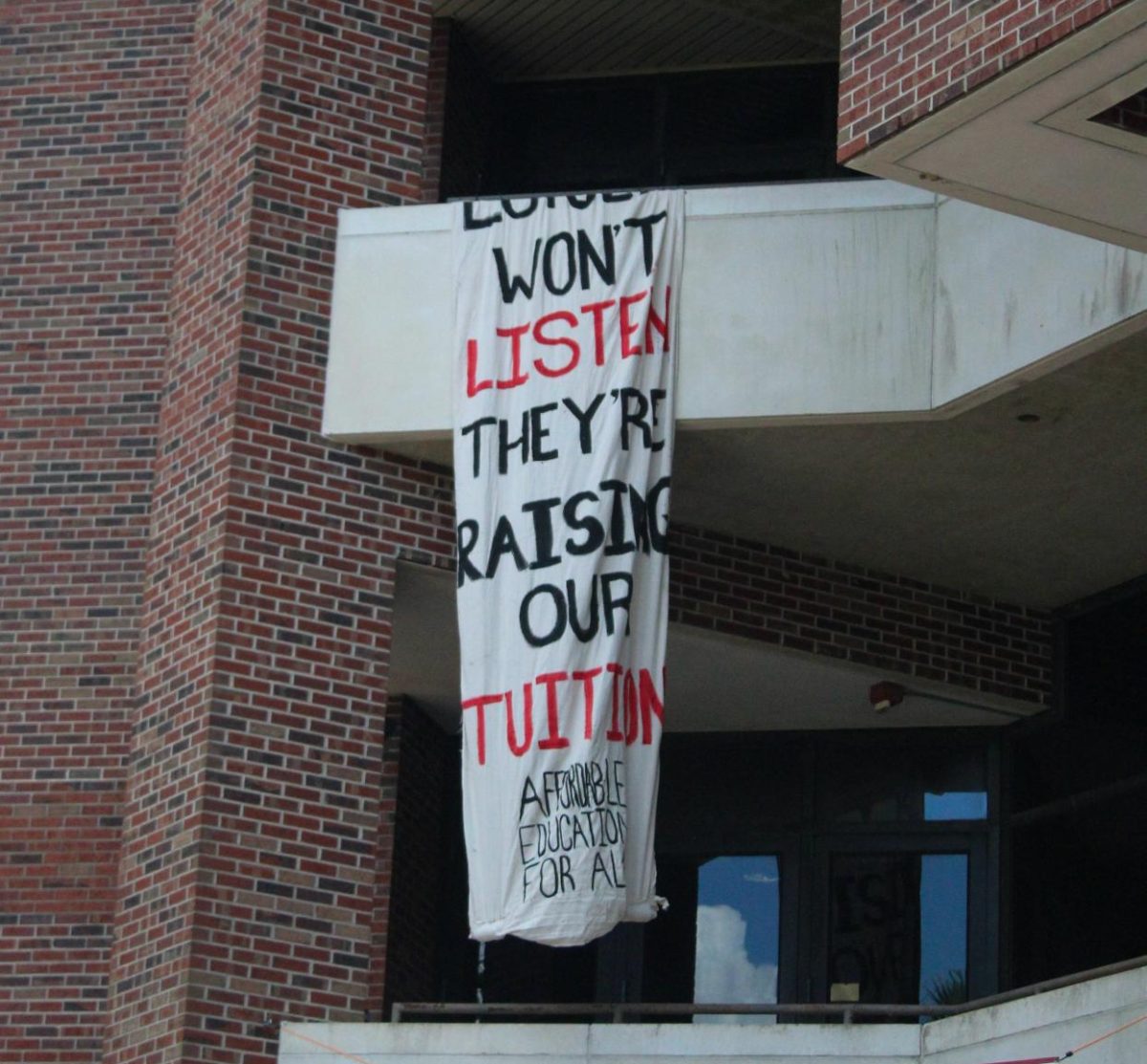
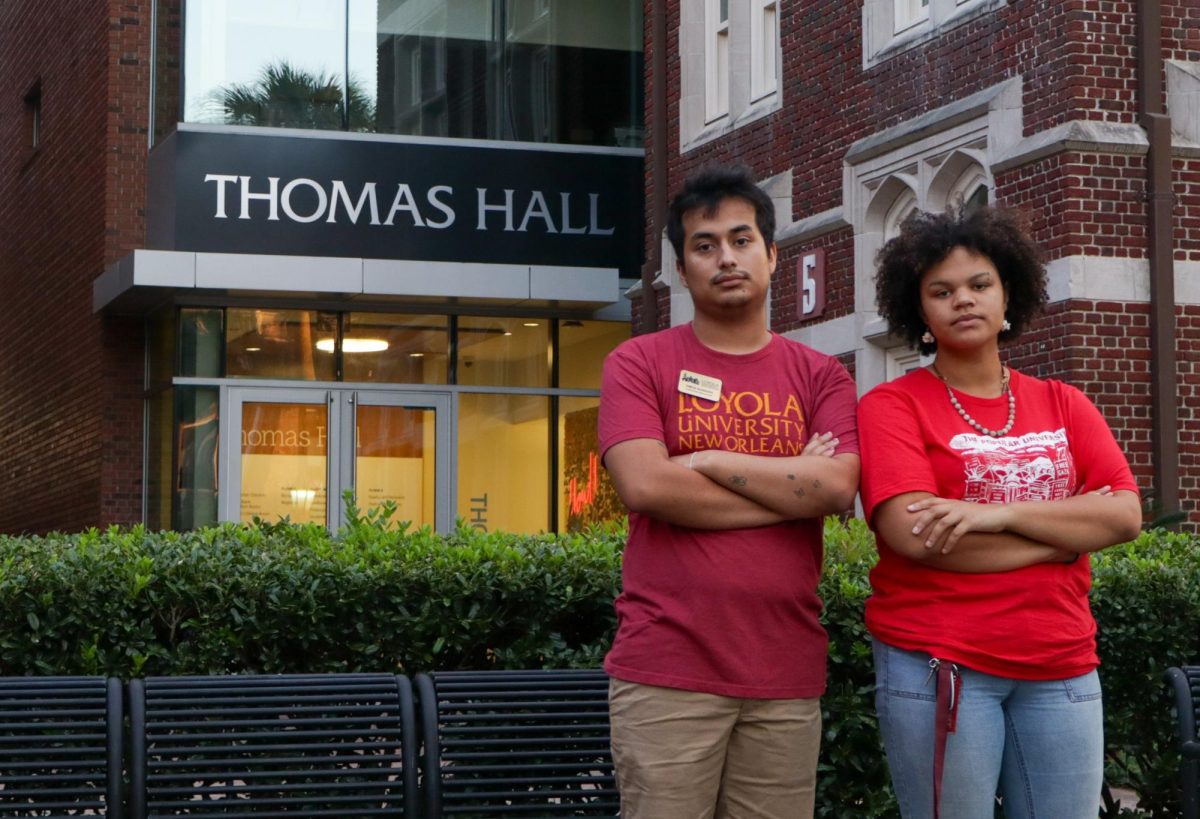
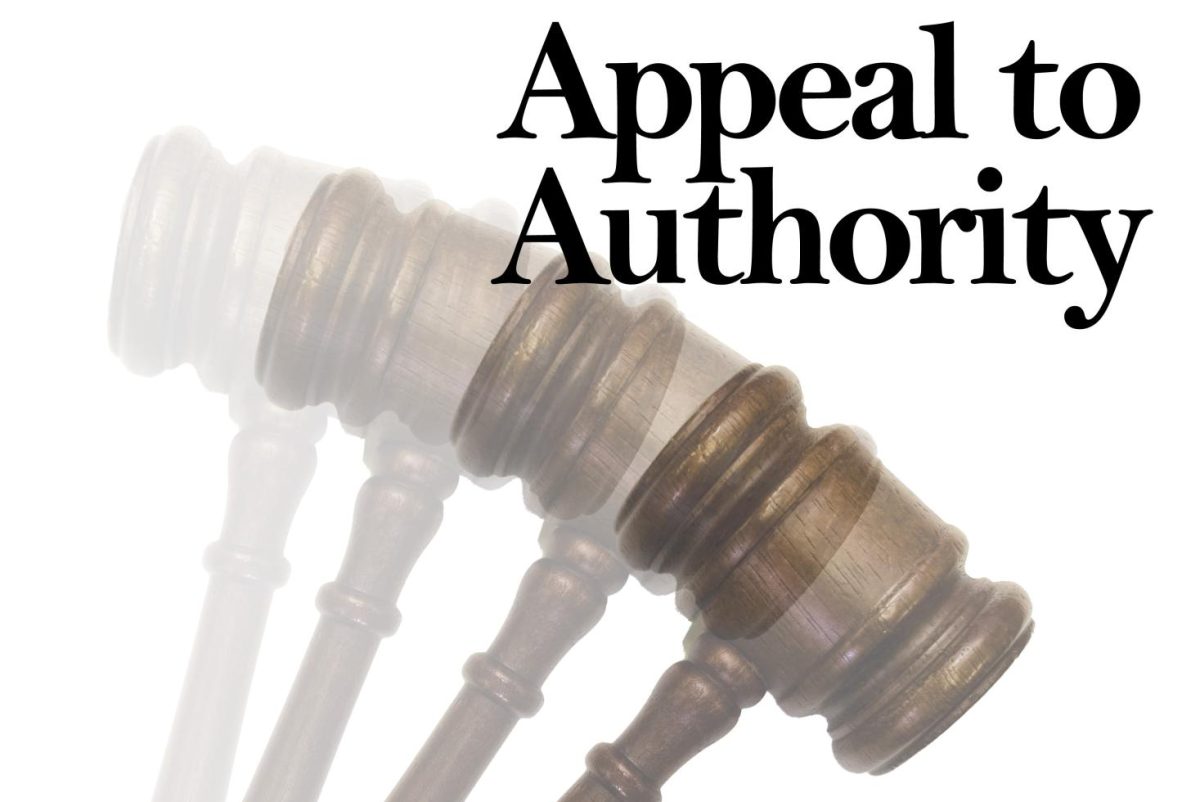
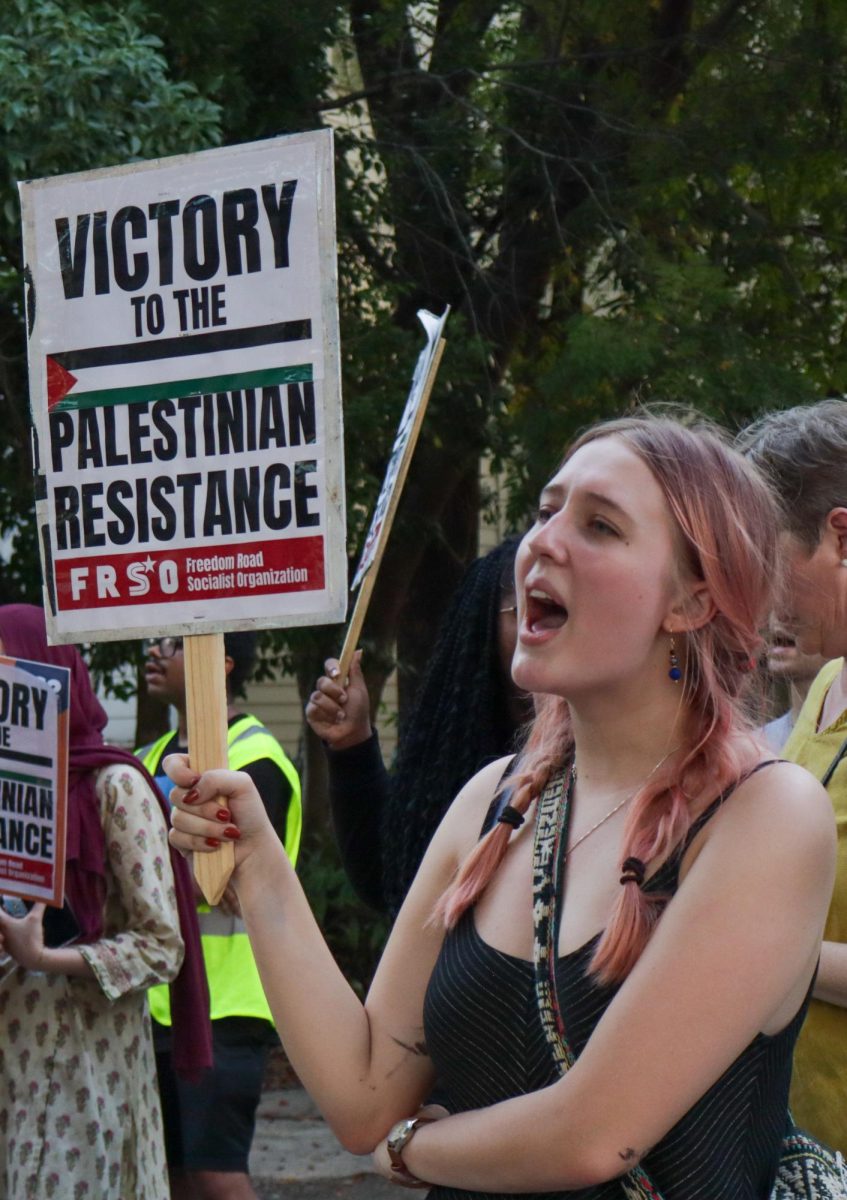
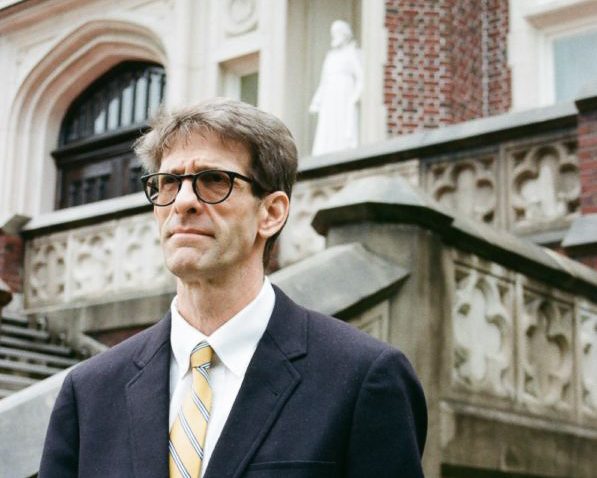
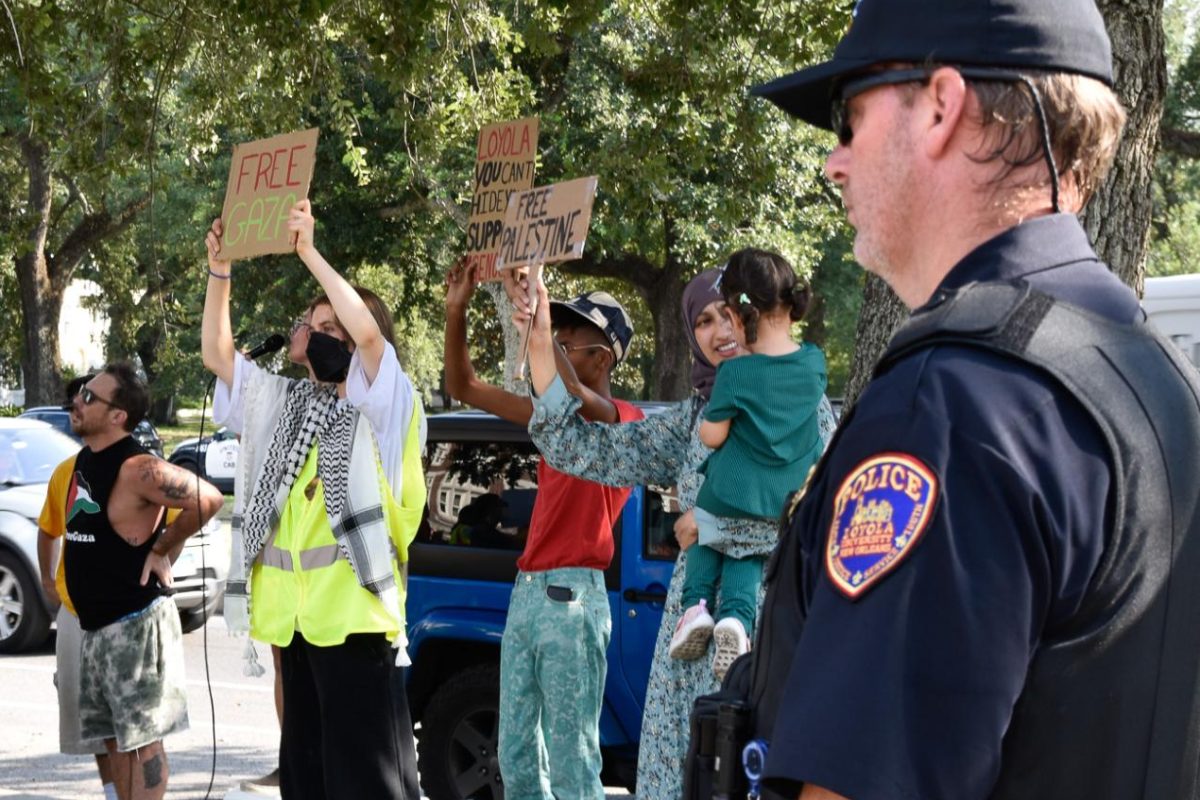
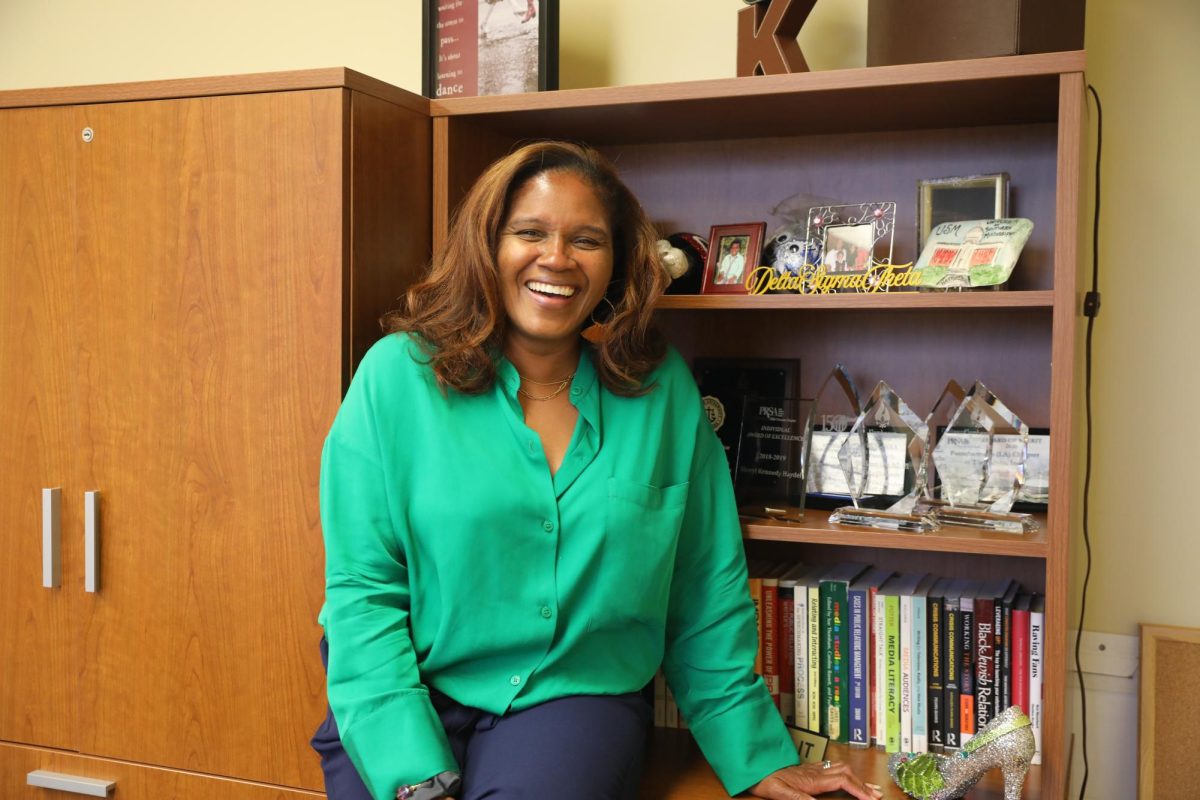
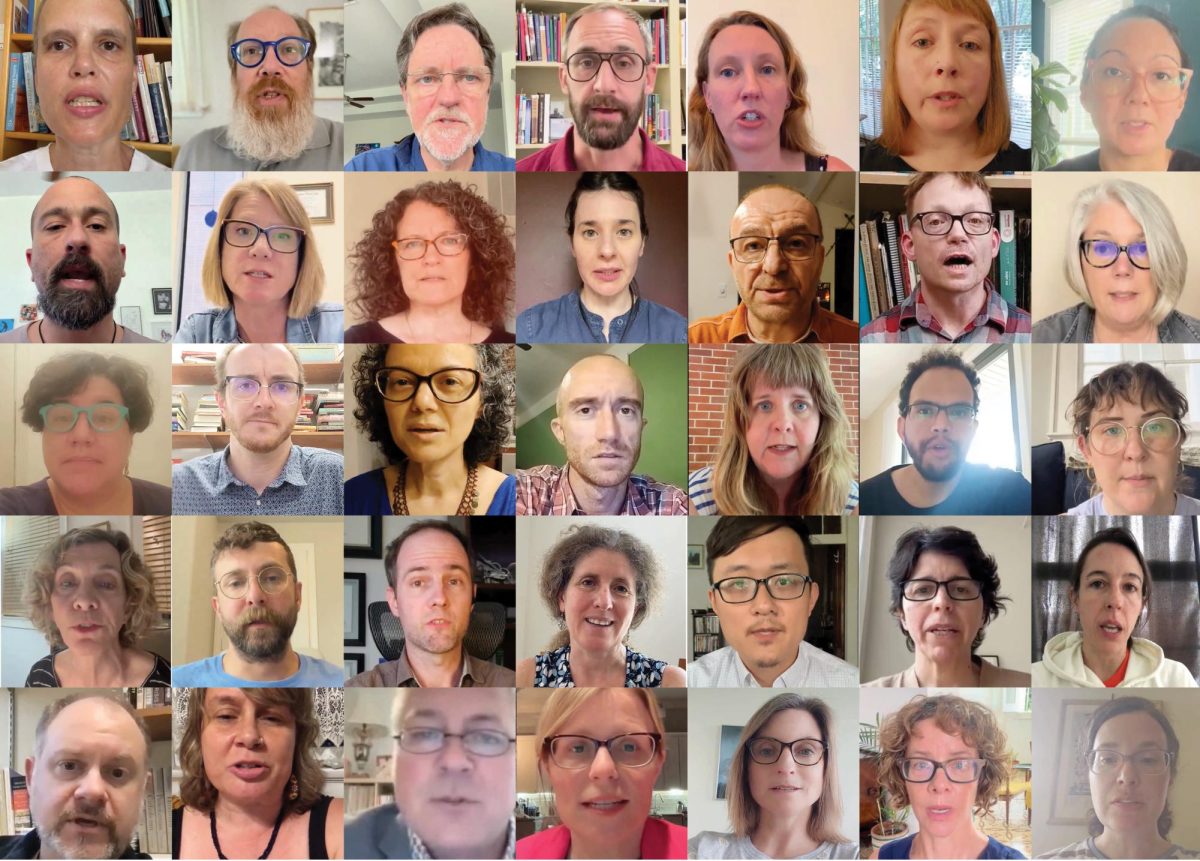

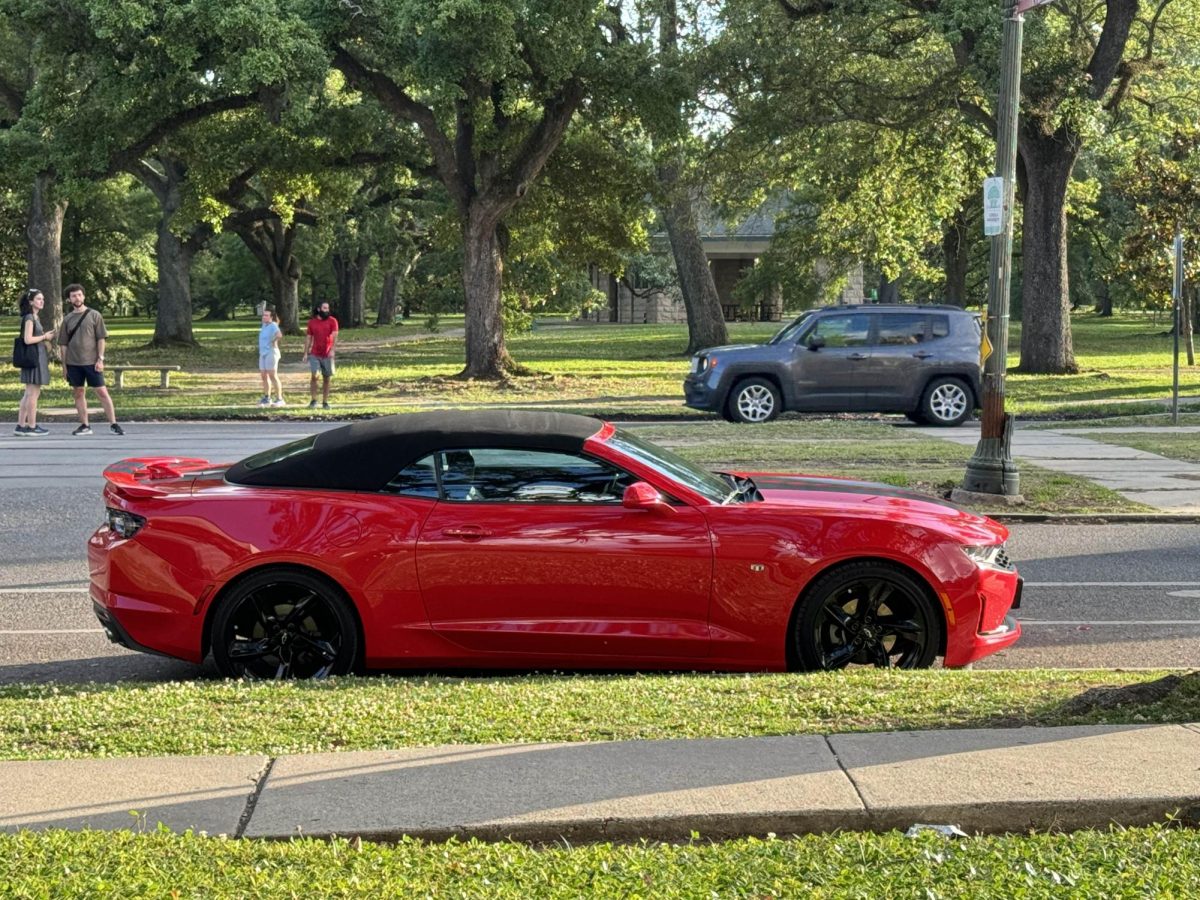
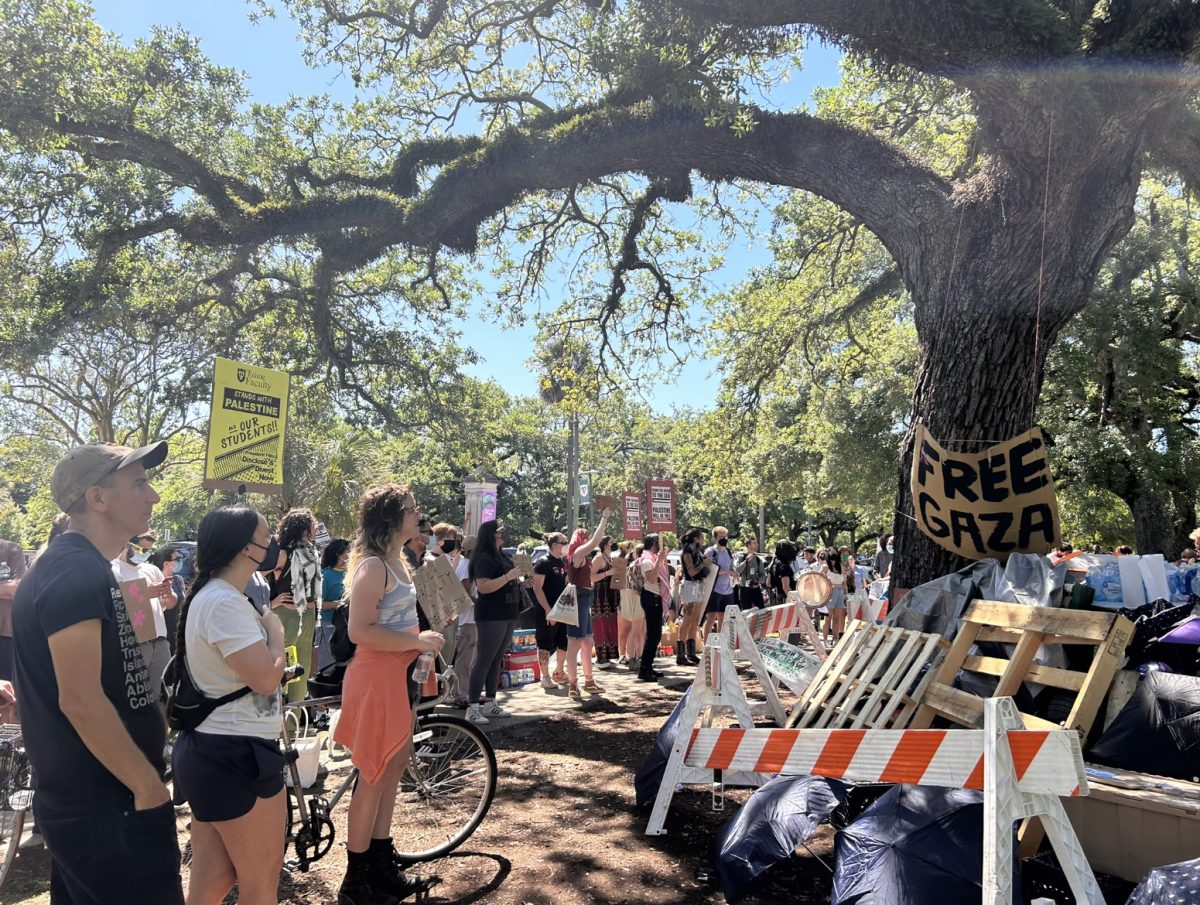
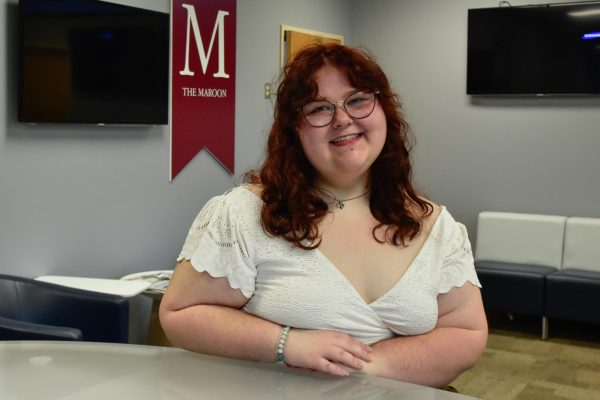
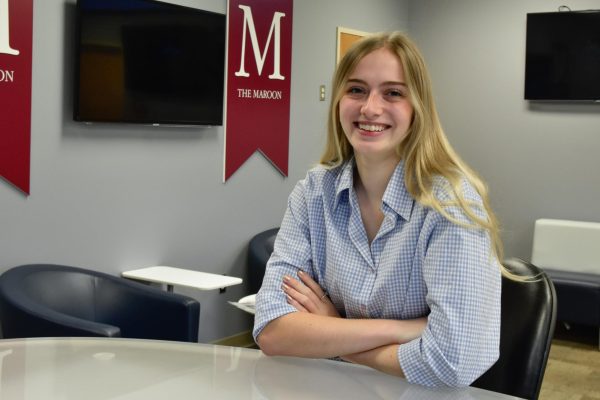
Renny Simno • Nov 30, 2023 at 10:27 pm
I look forward to meeting with The Maroon staff who crafted this opinion piece on the Beggars Fraternity that is littered with false information.
Members of the Beggars Fraternity founded The Maroon in 1923, along with Loyola’s Student Government Association. The first editor of The Maroon was a founding member of Beggars.
The Beggars Fraternity was the first social fraternity founded on a Jesuit campus. Permission was granted from Rome prior to the organization being approved at Loyola. The then Director of Student Activities helped to create the Beggars Fraternity constitution, which is inaccurately referenced by The Maroon.
Beggars Fraternity existed at Loyola until recently. It was not “removed” due to issues of race, which is implied by The Maroon. Members of Beggars have been Asian, African American, Hispanic and Latino.
Hundreds of Beggars alumni gathered this month to celebrate the 100th anniversary of the organization, which has contributed greatly to the betterment of Loyola, including, over the last 25 years, funding a professorship in the Communications Department, a professorship in the History Department, and a mosaic of the Blessed Mother and Jesus on the Monroe Library.
Renny Simno
Former Beggars Fraternity President